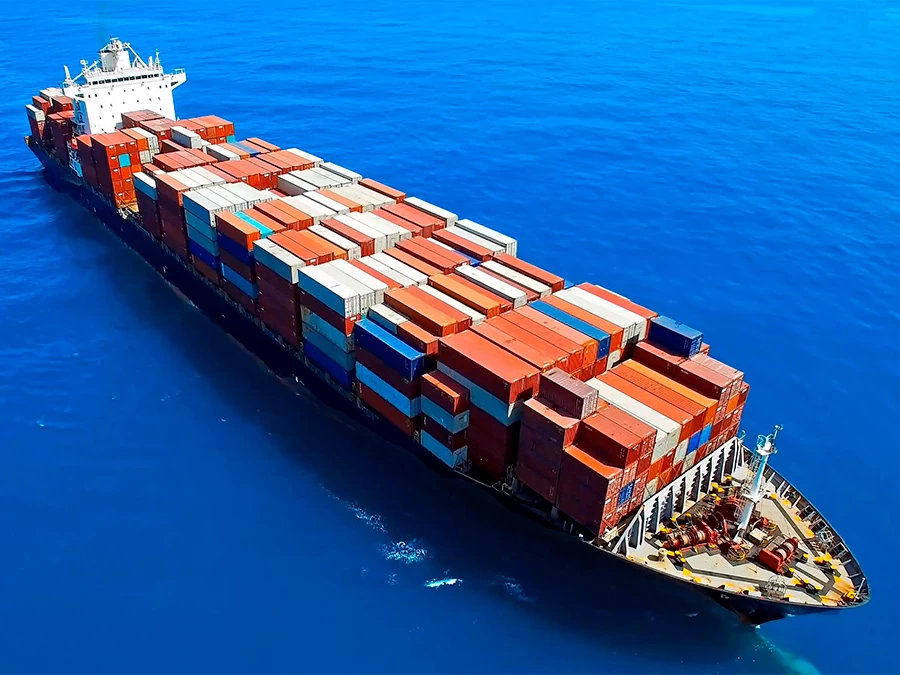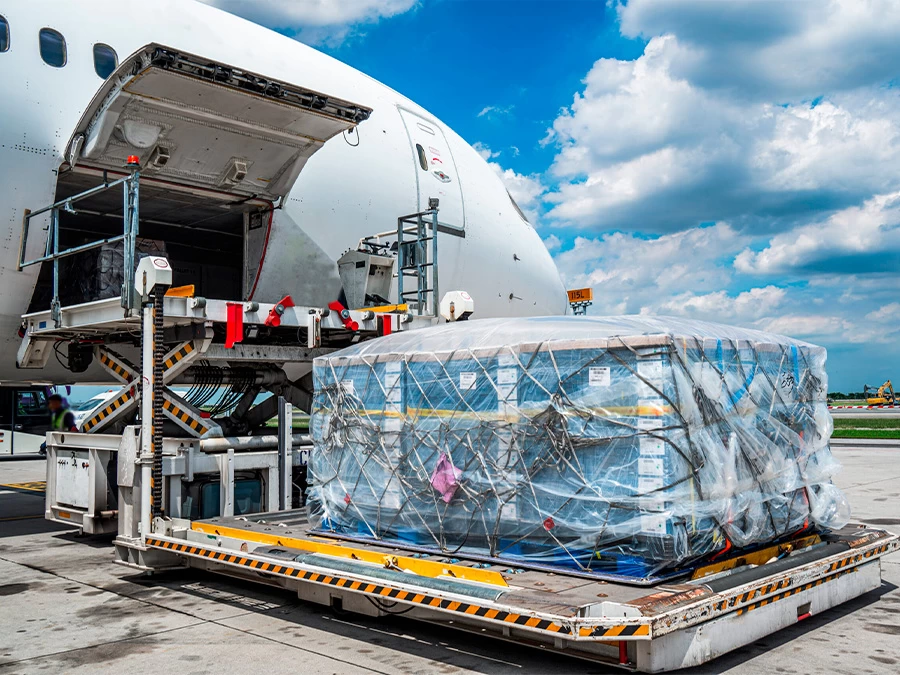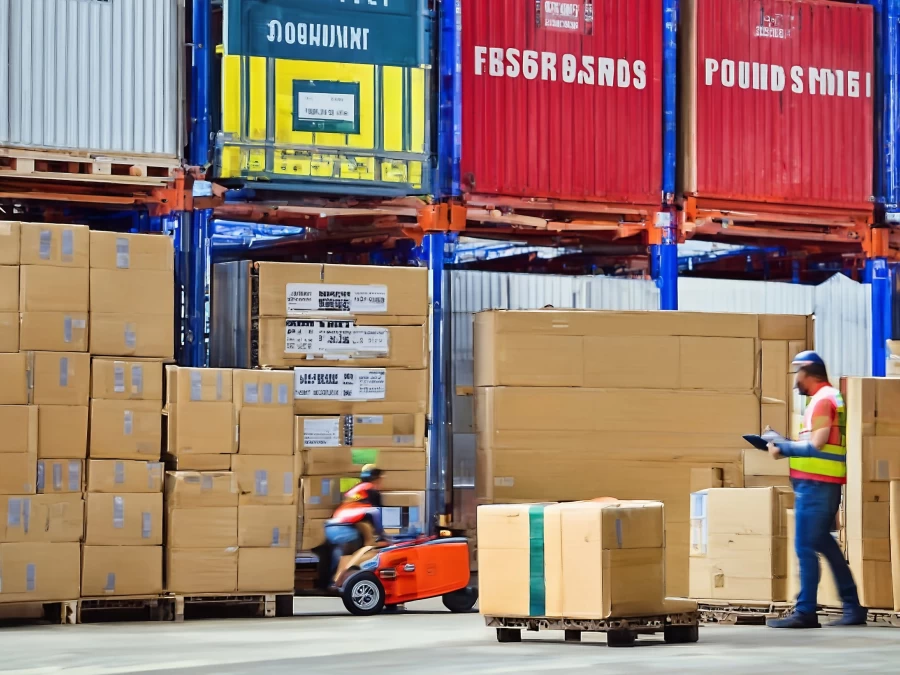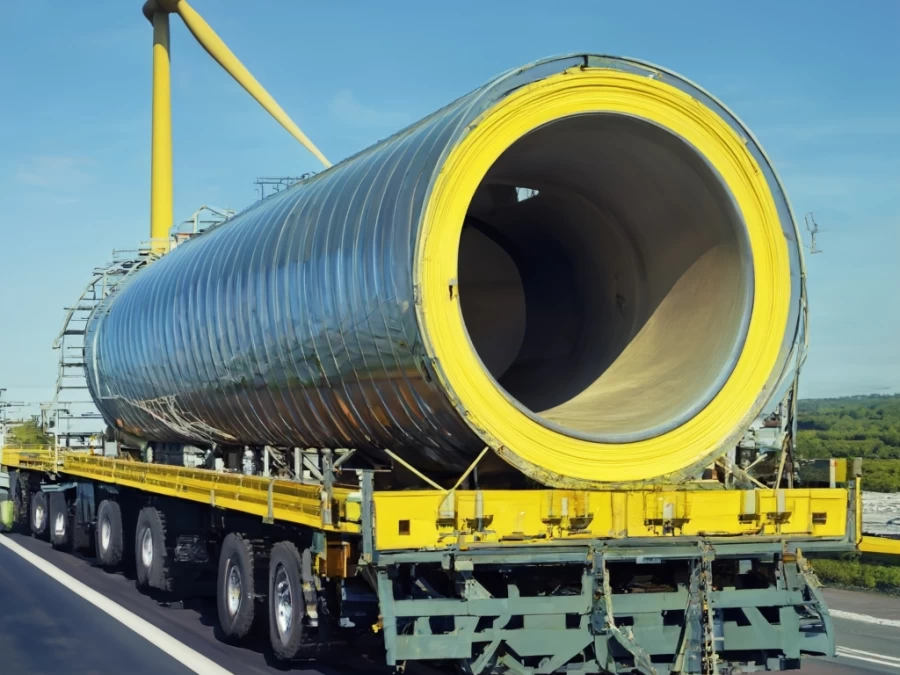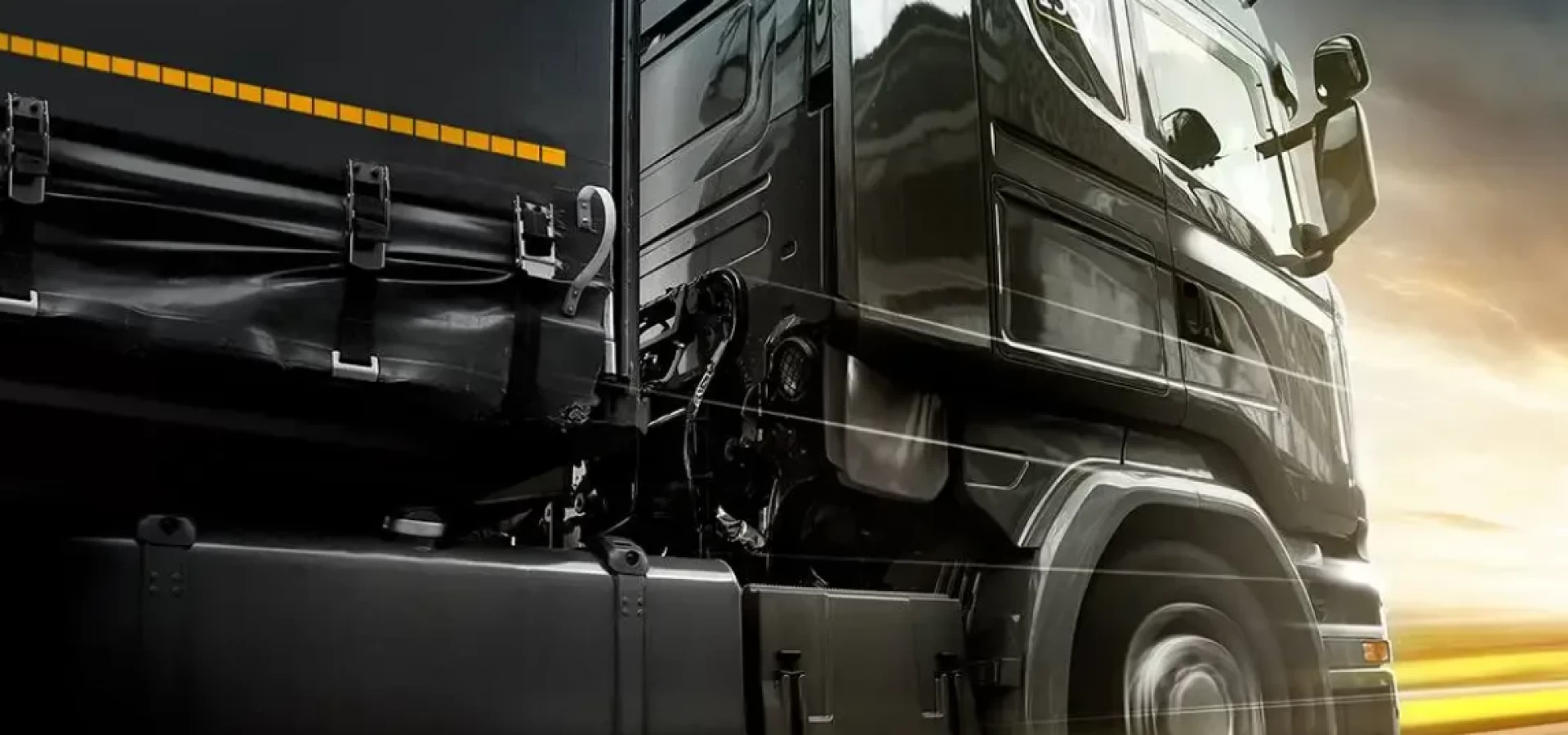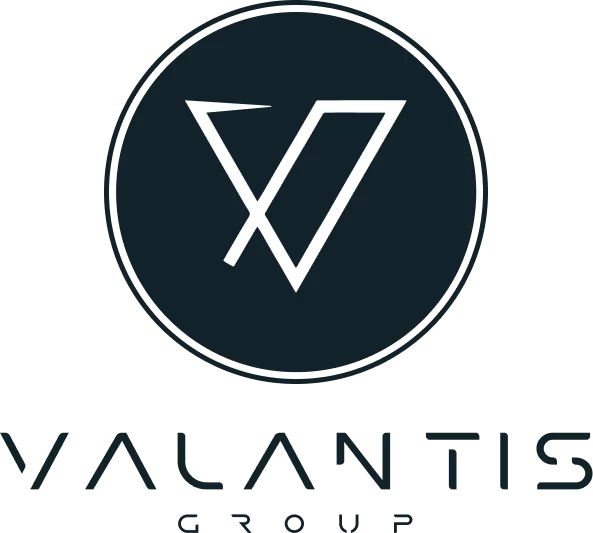
Valantis Group
Delivering Your Cargo Anywhere, Anytime – By Air, Sea, or Land
5 Years in the Market
At Valantis Group, we specialize in delivering efficient logistics services by air, sea, and land. With over 8 years of expertise, we've earned a strong reputation for reliability, speed, and precision in the Armenian logistics market.
Our robust global network and strategic partnerships with leading carriers allow us to provide customized shipping solutions, tailored to meet the unique demands of your business. Whether you're shipping domestically or internationally, we offer seamless import and export services that simplify your journey into global markets.
In 2022, we expanded our offerings to include comprehensive import and export solutions, enabling businesses to easily access international markets. From air freight to sea and land transport, our dedicated team ensures a transparent, hassle-free process—every step of the way.
At Valantis Group, we go beyond being a logistics service provider. We are your trusted partner, committed to delivering your cargo safely, on time, and within your budget.
Contact us today to discover personalized shipping solutions that cater to your business needs.
years of work experience
cargo transportation
partners
types of service
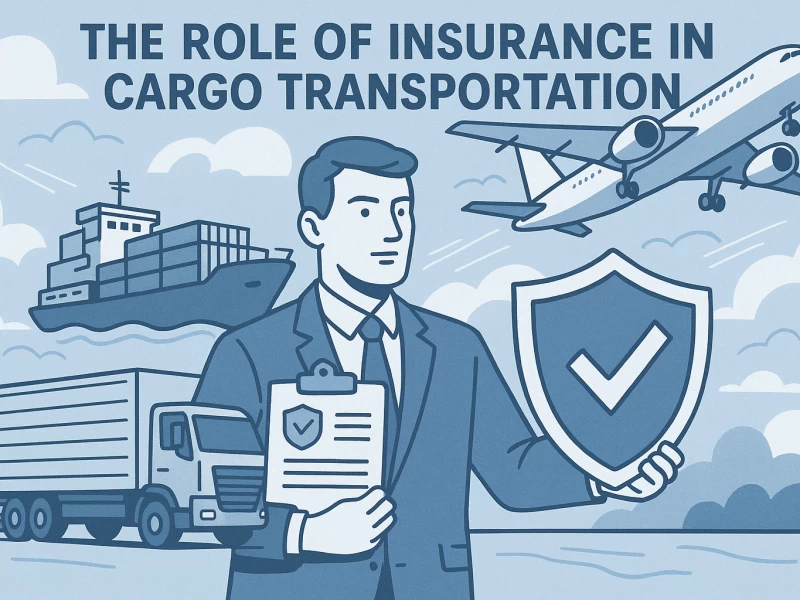
Insurance in Logistics: Why It Is Necessary
Transporting goods safely is a core part of logistics, but even the most carefully planned shipments face risks. Cargo insurance ensures that businesses are protected from financial losses due to unexpected events, making it a crucial part of modern supply chains.
Cargo insurance covers the loss or damage of goods during transportation—whether by air, sea, or land. It protects shipments against risks like accidents, theft, natural disasters, and handling errors, transferring the financial risk from the shipper to the insurer.
Common Risks in Cargo Transportation
- Accidents and collisions: Damage caused by vehicle, ship, or plane accidents.
- Theft and piracy: High-value shipments can be targeted by criminals.
- Weather-related damage: Storms, floods, or extreme temperatures may affect cargo.
- Handling errors: Improper loading, unloading, or storage can result in losses.
Types of Cargo Insurance
- All-risk coverage: Protects against nearly all causes of loss or damage, except those specifically excluded.
- Named-perils coverage: Covers only the risks listed in the policy.
- Specialized coverage: For temperature-sensitive or perishable goods requiring strict climate control.
Benefits of Cargo Insurance
- Financial security: Reduces the risk of losing money due to damaged or lost shipments.
- Peace of mind: Businesses can focus on operations knowing their cargo is protected.
- Customer trust: Insured shipments demonstrate professionalism and reliability.
- Regulatory compliance: Some countries or contracts require insured cargo.
Choosing the Right Insurance for Your Cargo
The right policy depends on factors such as the type of goods, transportation mode, route, and risk level. Partnering with an experienced logistics provider can simplify the process and ensure the best coverage.
Conclusion:
Cargo insurance is an essential part of a reliable logistics strategy. By understanding its importance and choosing the appropriate coverage, businesses can protect their investments, minimize risks, and build trust with clients worldwide.
22.08.2025
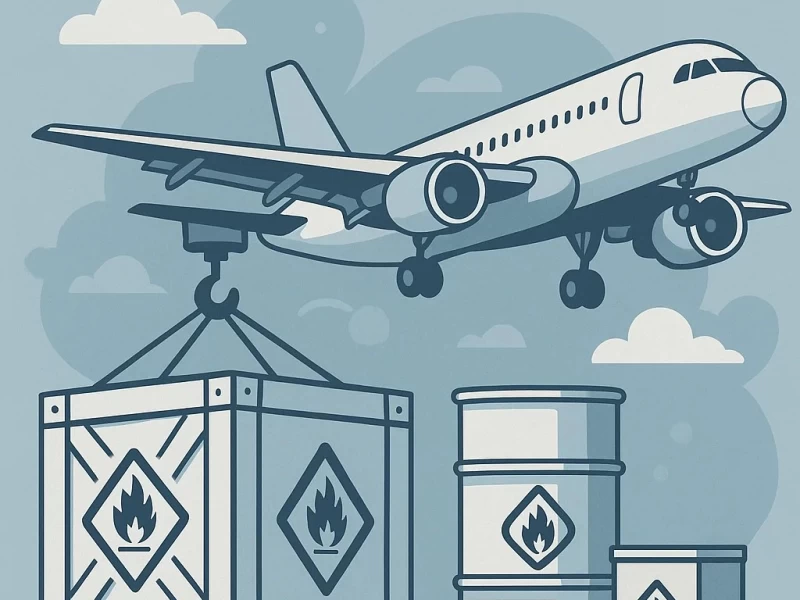
Transporting Dangerous Goods: What You Need to Know
Transporting dangerous goods is a highly regulated and critical process that requires careful preparation, strict adherence to standards, and the implementation of proper safety measures. To ensure safe and compliant transportation, it’s essential to understand what dangerous goods are and the legal requirements set by international and national regulations.
What Are Dangerous Goods?
Dangerous goods are substances or items that pose risks to people, property, or the environment during transportation. These include:
- Explosives
- Gases (compressed, liquefied, flammable, or non-flammable)
- Flammable liquids
- Toxic and infectious substances
- Radioactive materials
- Corrosive substances
Each of these categories requires specialized handling and transportation procedures to ensure safety
Key Considerations Before Transporting Dangerous Goods
Regulatory Compliance
Transporting dangerous goods is governed by international agreements and local regulations to ensure safe practices.
Key international agreements include:
- ADR: Agreement concerning the International Carriage of Dangerous Goods by Road
- RID: Regulations concerning the International Transport of Dangerous Goods by Rail
- IMDG: International Maritime Dangerous Goods Code
Local laws: Each country has specific regulations complementing international norms. Before initiating transportation, ensure your goods comply with all applicable legal requirements.
Packaging and Labeling
Proper packaging and labeling are essential to prevent physical damage, leaks, and accidents. These measures must meet specific standards to ensure the safety and identifiability of the goods.
Packaging requirements:
- Protection from physical damage: Packaging must be durable enough to withstand handling and transportation.
- Leak prevention. Special packaging should prevent leakage of materials or interaction with the environment.
- You should choose appropriate packaging specifically designed for the safe transportation of the hazardous materials in question, ensuring protection against risks associated with their specific properties.
Labeling requirements:
- Classification labels: Clearly indicate the type of hazard associated with the transported goods (e.g., flammable, toxic, radioactive).
- UN number: Assign a unique identifier that specifies the type of the good.
- Informational labels: Include details about handling, storage conditions, and precautions.
3. Comprehensive Documentation
The transportation of dangerous goods requires thorough and accurate documentation to ensure the safety of the goods, compliance with legal requirements, and quick, effective response in emergency situations. These documents are not only mandatory for regulatory compliance but also serve as essential tools for all parties involved to mitigate risks and clarify responsibilities.
Key Documents
- Transport document: Includes critical information such as hazard classification, quantity, and storage conditions. Required for international transportation to inform carriers and regulatory authorities.
- Emergency Response Instructions: Contains step-by-step guidance for handling incidents such as spills, accidents, or other emergencies, aimed at minimizing risks to people and the environment.
Valentis Group: Your Trusted Partner for Dangerous Goods Transport
Valentis Group specializes in providing comprehensive logistics solutions for transporting dangerous goods. Our team:
- Assists with the preparation of all necessary documents, ensuring adherence to both international and national regulatory standards.
- Ensures that the vehicles fully comply with the specific requirements of the cargo and legally mandated safety standards, being equipped with the necessary fittings and equipment.
With Valentis Group, you can trust that your cargo will be transported safely, efficiently, and in full compliance with regulatory standards. Contact us to ensure your logistics needs are met with the highest level of professionalism.
05.09.2024
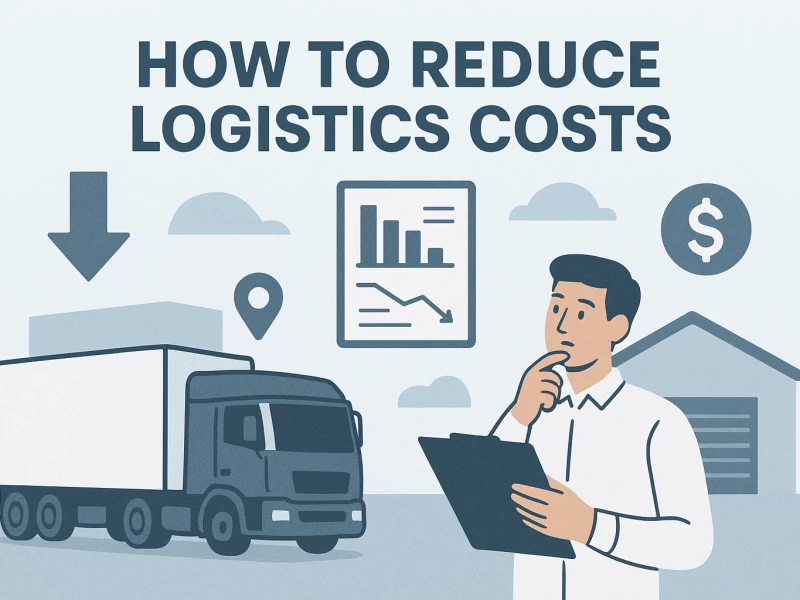
How to Reduce Logistics Costs: Practical Tips for Businesses
In today’s business environment, effective management of logistics costs is crucial for companies. It not only saves money but also enhances business competitiveness and profitability. Valantis Group, with over eight years of experience in the logistics industry, offers practical solutions to help companies reduce costs and improve efficiency.
Here are some key strategies to reduce logistics costs:
1. Utilizing Consolidated Freight
Consolidated freight allows combining multiple orders into one shipment, significantly reducing transportation expenses.This approach is particularly effective for small to medium-sized compamnies, which can incur excessive costs when shipped individually.
Valantis Group provides consolidated freight services, offering cost-effective and secure transportation solutions to its clients.
2. Optimizing Routes to Save Resources
Well-planned routes not only cut fuel costs but also speed up deliveries.
Our team helps partners choose the most efficient routes, considering traffic density and road conditions. This ensures your goods reach their destination on time with minimal expenses.
3. Efficient Management of Partner Relationships
Collaborating with reliable and experienced partners is essential for reducing risks and ensuring high-quality services. Valantis Group, utilizing its extensive partner network, enables its clients to benefit from competitive rates, advantageous terms, and a wide range of services.
Our long-term relationships with partners allow us to offer quality and cost-effective solutions, fostering the growth of your business.
4. Implementing Multimodal Transportation
Multimodal transportation combines different modes of transport to maximize efficiency and cost savings. For example, goods can be transported by sea over long distances and then distributed using road transportation.
This approach allows:
- Lowering transportation costs over long distances.
- Selecting the most economical transport options without compromising quality.
5. Efficient Warehousing Management
Warehousing is a key component of logistics cost management.
A well-located and optimally utilized warehouse reduces transportation expenses, accelerates deliveries, and ensures the secure storage of goods.
Effective planning helps avoid unnecessary costs and ensures timely distribution. Valantis Group assists in organizing transfers to and from warehouses, ensuring a seamless and efficient process.
Reducing logistics costs requires systematic planning and the development of practical, applicable solutions.
With its experience and expertise, Valantis Group helps businesses optimize costs and improve the efficiency of their transportation operations.
04.09.2024
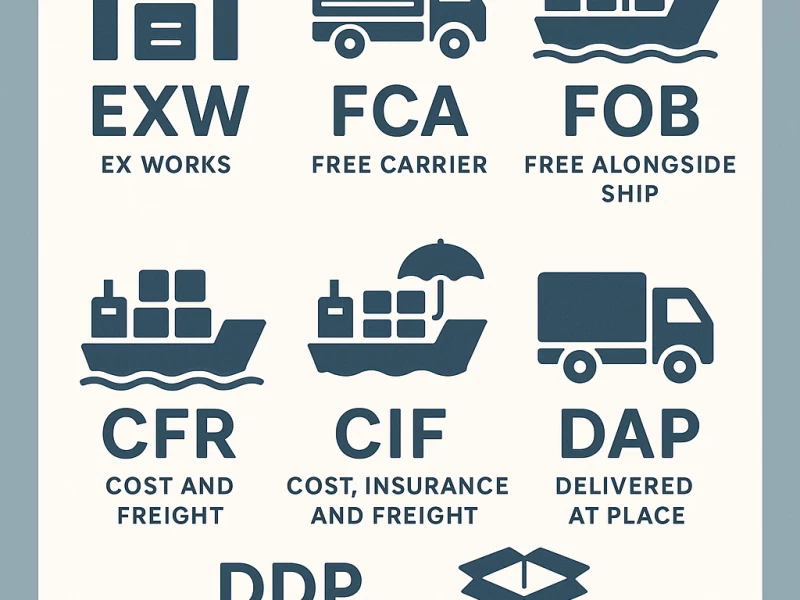
Understanding Incoterms: Key Terms and Their Meaning
Incoterms (International Commercial Terms) are standardized terms developed by the International Chamber of Commerce to clarify the responsibilities of sellers and buyers. They enable the parties to determine who is responsible for the costs and risks associated with transporting goods, thereby reducing disputes and uncertainties.
These contractual terms are commonly used in import and export transactions. While many Incoterms apply to all modes of transportation, some are specific to particular types of shipping methods. Below is an overview of the key Incoterms and their definitions:
EXW (Ex Works)
The seller makes the goods available at their premises or another specified location, such as a factory or warehouse. The buyer assumes responsibility for all transport and customs clearance costs, as well as the risks involved in moving the goods.
FCA (Free Carrier)
The seller transfers the customs-cleared goods to the carrier, carrying out loading in his territory.
FAS (Free Alongside Ship)
The seller delivers the goods to the ship, after which all costs and risks pass to the buyer. This term is used exclusively for waterway transport.
FOB (Free on Board)
The seller bears the costs of transporting the goods to the specified port, after loading the risks pass to the buyer
CFR (Cost and Freight)
The seller arranges and pays for the transportation to the selected location, and the risks are transferred to the carrier.
CIF (Cost, Insurance, and Freight)
Similar to CFR, but the seller also provides insurance for the goods until they reach the prediscussed port.
CPT (Carriage Paid To)
The seller arranges and pays for the transportation of the goods to the specified destination, while the risks transfer to the buyer when the goods are handed over to the carrier.
CIP (Carriage and Insurance Paid To)
Similar to CPT, but the seller also provides insurance for the goods until they reach the specified destination.
DAT (Delivered at Terminal)
The seller is responsible for all risks and costs associated with delivering the goods, unloaded, at the specified terminal.
DAP (Delivered at Place)
The seller is responsible for delivering the goods to the specified location, but unloading is not included.
DDP (Delivered Duty Paid)
The seller bears all costs, including import duties, to deliver the goods to the buyer at the specified destination.
Selecting the appropriate Incoterm ensures clarity, safety, and efficiency in your international trade operations. By clearly defining responsibilities, costs, and risks, Incoterms facilitate smoother transactions and minimize misunderstandings between trading partners.
05.09.2024


